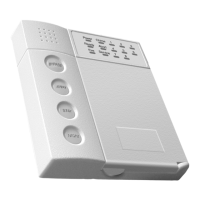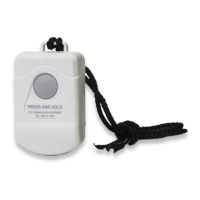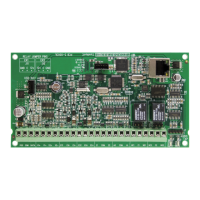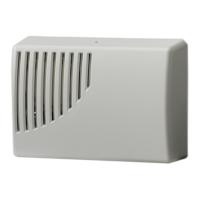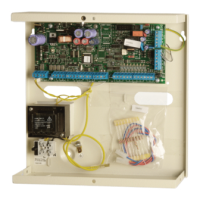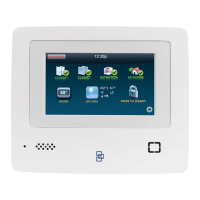84 Concord 4 User Manual
Emergency planning
Since an emergency is always unexpected, you should develop plans for a
variety of emergencies. Periodically discuss and rehearse emergency plans that
include the following:
• Understand how to use your security system.
• Know the normal state of doors and windows; open, closed, or locked.
• Use a different escape route if closed doors feel hot to the touch.
• Emphasize that everyone should escape as quickly as possible. Do not stop
to gather any belongings.
• Crawl and hold your breath as much as possible to help reduce smoke
inhalation during your escape.
• Meet at a designated outdoor location.
• Emphasize that no one should return to the premises if there is a fire.
• Notify the fire department from a neighbor’s phone.
• If you arrive at the premises and hear sirens, do not attempt to enter the
building. Call for emergency assistance from a cell phone or a neighbor’s
phone.
Your floor plan
Use the following guidelines when drawing your floor plan:
• Show all building levels.
• Show exits from each room (two per room are recommended).
• Show the location of all security system components.
• Show the location of any fire extinguishers.
Alarm system limitations
Not even the most advanced alarm system can guarantee protection against
burglary, fire, or environmental emergencies. All alarm systems are subject to
possible compromise or failure-to-war, for a variety of reasons including:
• If sirens are not placed within range of persons sleeping, in remote areas of
the premises, or if they are placed behind doors or other obstacles.
• If intruders gain access through unprotected entry points or areas where
sensors are bypassed.
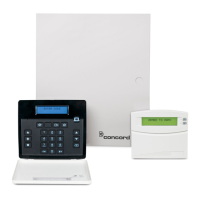
